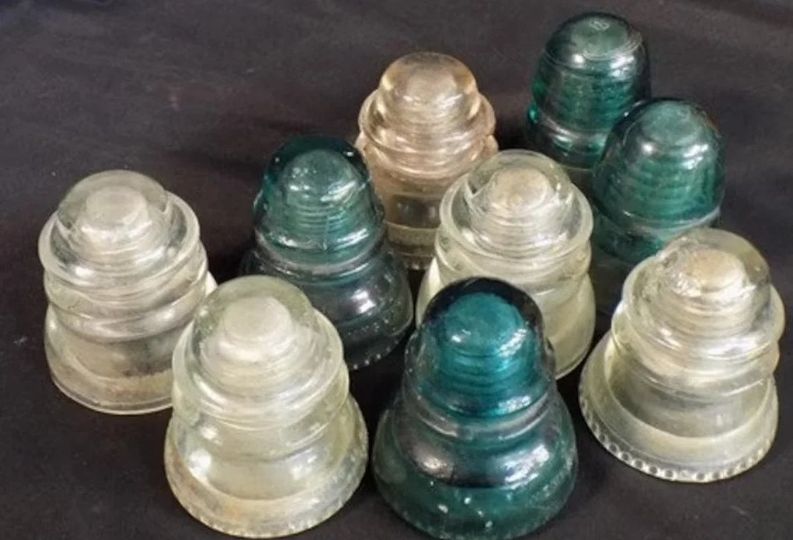
Have you ever observed those items made of glass or porcelain that are placed on telephone pole crossarms and tops? Though they might not seem like much, they are quite important in the communication industry. These odd-looking devices are known as insulators, and they serve a crucial purpose.

Insulators are primarily used to prevent electrical cables from coming into contact with the pole or the earth below. All that electricity and those priceless phone calls would vanish into thin air without them. It would be unpleasant to attempt a long-distance conversation and have your voice disappear after a few hundred feet, isn’t it?
There are numerous designs and hues available for insulators. Some of the older ones were even fashioned from wood, glass, animal parts, and other unusual materials, while the majority were made of porcelain or glass. Size is important as well; larger insulators are needed for high-voltage electrical cables, while smaller ones are used for telephone and telegraph lines. Depending on the voltage, it’s similar to a VIP section for insulators!

You see, the size of the insulator increases in tandem with the voltage of electrical lines. Why? Because electricity can be very dazzling, it may decide to jump over a significant distance if the voltage is high enough—a process known as “flashover.” Insulators that have broad “umbrella” disks and wide lower skirts serve as the nightclub’s bouncers, keeping the wires safe from the pole and stopping any exciting dancing moves.
Insulator collecting is a rather common pastime, against popular belief! The practice became more well-known in the 1960s when electricity and utility companies began to bury their cables. Many old insulators were thrown out after being unable to join the underground party. However, as they say, what’s trash for one is treasure for another.
Insulator collectors are from a wide range of backgrounds. Some are drawn to them because of their aesthetic value and use them to decorate their gardens and windowsills to bring a little sparkle to their surroundings. Some people have more specialized tastes and look for specific types of insulators. These collections can range greatly in price from almost being free to commanding extremely high prices. Although rare specimens can fetch prices as high as tens of thousands of dollars, there are also many reasonably priced selections available. An insulator may be found for less than a dollar or, in a fortunate find, for free at flea markets.
It’s important to remember that the majority of insulators held by collectors range in age from 70 to 145 years, and some have been out of production since the early 1900s. Insulators are not an exception to the general trend that everything old and discontinued tends to become collectible.
Take a moment to recognize the significance of these oddball glass or porcelain insulators in the development of communication the next time you see them perched atop telephone poles. Even though they may appear to be relics of the past, they have had a profound impact on our capacity to communicate with one another, whether it be via text message or phone call. Who knows, maybe you’ll be motivated to begin collecting and become one of the many aficionados for insulators that discover the history and beauty in these commonplace objects.


